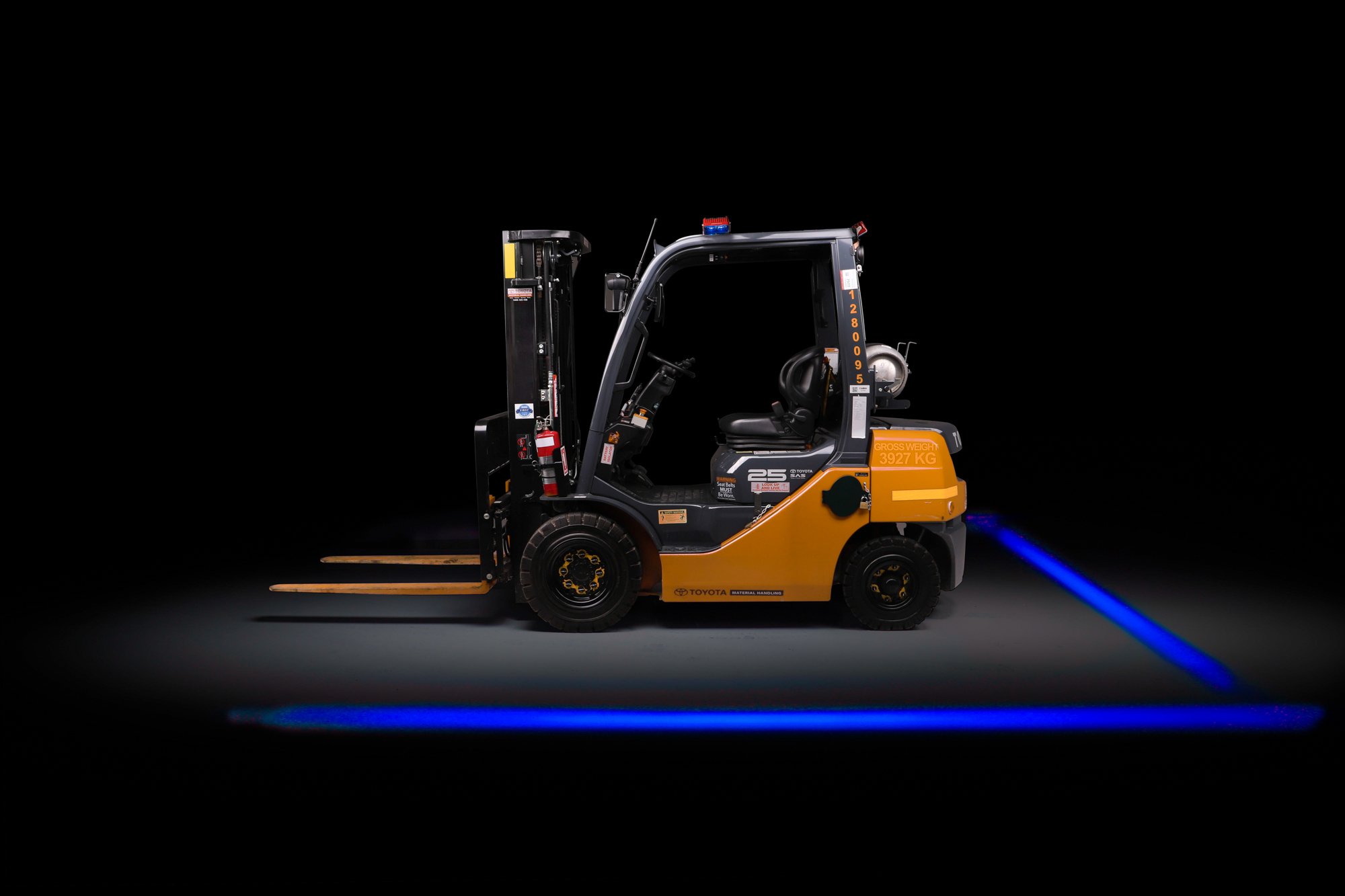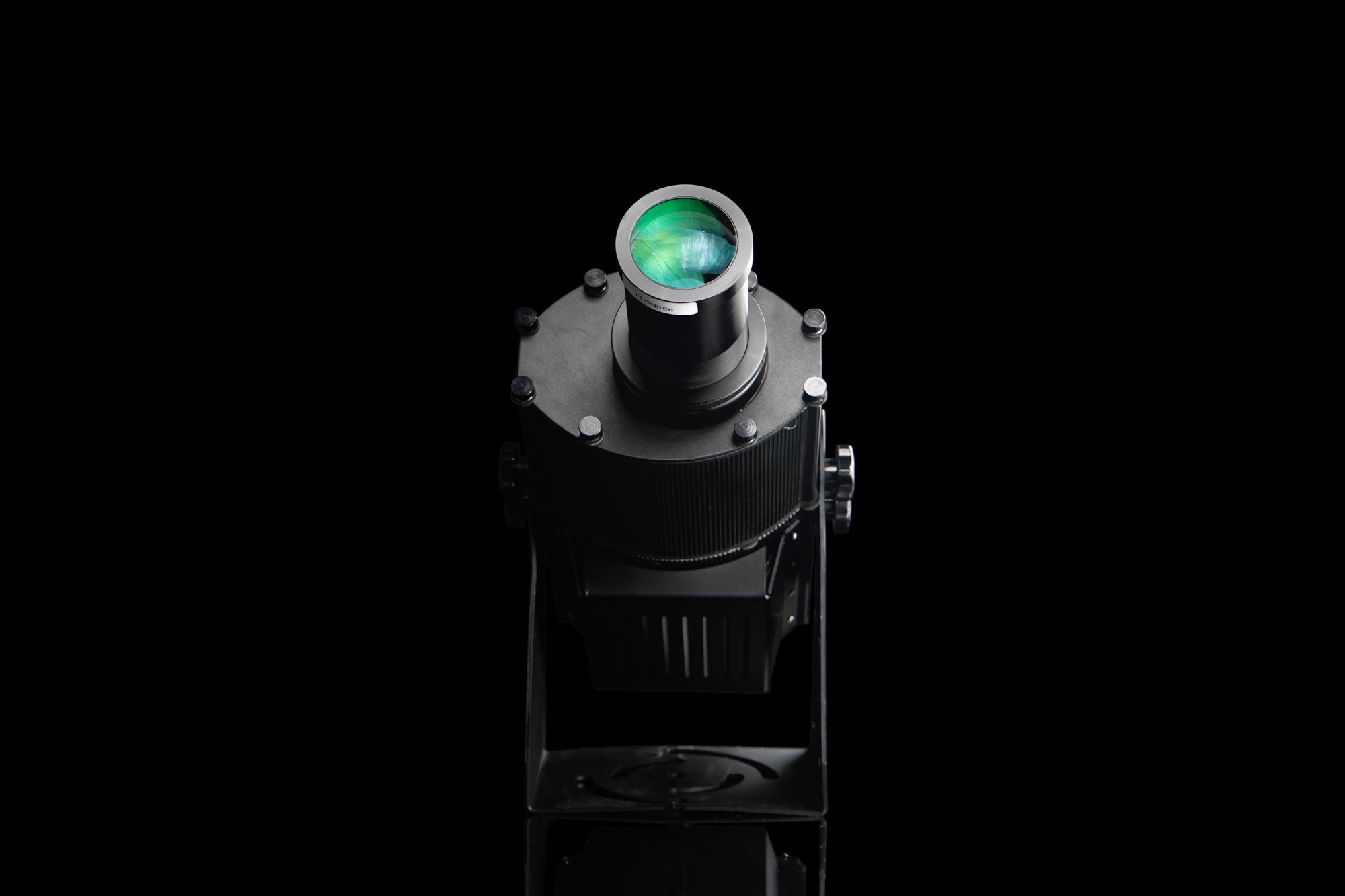TRUCKING
The trucking industry operates around the clock and relies on the seamless coordination of drivers, warehouse teams, and logistics personnel to ensure efficient transportation and distribution of goods across vast networks. Essential to this efficiency are forklifts, loading equipment, and other machinery which handle large volumes of freight swiftly and effectively. Safety and operational continuity are paramount to this dynamic sector, making innovations like loading and unloading exclusion zones, Safety Halo systems for forklifts, and Incident Zero’s laser line marking for truck alignment crucial advancements in safeguarding personnel and streamlining logistics processes.
Industry overview
The trucking industry operates non-stop, characterised by its relentless 24-hour pace and the colossal scale of manpower and machinery required to sustain its operations. Around-the-clock schedules and the continuous movement of goods demand a vast workforce and an extensive fleet of vehicles and equipment. This dynamic environment relies heavily on the coordinated efforts of drivers, warehouse personnel, and logistics teams to ensure seamless transportation and distribution of goods across extensive networks. The industry’s efficiency hinges on the synchronised use of forklifts, loading equipment, and other machinery to handle the massive volume of freight swiftly and effectively.
Loading and unloading exclusion zones
In the trucking industry, the implementation of loading and unloading exclusion zones (LUEZ) has been crucially adopted to mitigate risks to truck drivers during these operations. These exclusion zones are established to create safe areas around trucks where pedestrians and other vehicles are restricted from entering while loading or unloading is underway. This safety measure aims to prevent accidents and injuries caused by collisions or crush incidents, which can occur due to the close proximity of moving vehicles and personnel during these activities. By clearly marking and enforcing these exclusion zones, trucking companies ensure the safety of their drivers and operational staff, promoting a safer work environment overall.
Forklift safety
Forklift safety around loading and unloading of trucks, loading docks, and warehouses is paramount due to the high risk of accidents involving pedestrians and machinery. Implementing visual exclusion zones is crucial in this regard, as they clearly delineate safe areas and hazardous zones, effectively guiding forklift operators and pedestrians. These zones help change human behaviour by removing individuals from potentially dangerous areas, reducing the likelihood of collisions and injuries. By making these exclusion zones highly visible, companies can ensure that workers instinctively avoid hazardous zones, enhancing overall safety and operational efficiency. This proactive approach not only prevents accidents but also fosters a culture of safety awareness, protecting everyone involved in the logistics and warehousing processes.
Truck and trailer alignment at night time
Trucks that are not aligned straight to a loading dock can cause significant operational inefficiencies and risks. When trucks are not properly aligned, it can lead to delays in loading and unloading processes as forklift operators and warehouse staff struggle to manoeuvre goods efficiently. Moreover, misalignment increases the likelihood of trucks hitting the loading dock, which can result in damage to both the dock and the truck itself. These incidents not only incur repair costs but also cause delays in overall operations, affecting productivity and customer satisfaction. Ensuring trucks are correctly aligned to loading docks is crucial for smooth logistics operations, reducing downtime and preventing unnecessary damage. The Incident Zero Line Marking system allows trucks to easily and effectively align the wheels of their trucks at night, to swiftly and safely align perfectly to loading docks.
Pedestrian safety and tail lift trucks
The danger posed by tail lift trucks to pedestrians who walk underneath during loading or unloading is significant and often overlooked. Tail lifts are designed to facilitate the movement of goods between ground level and the truck bed, but they can pose serious risks if operated carelessly or if safety protocols are not followed. Pedestrians walking underneath a tail lift while it is in operation risk being crushed if the lift unexpectedly lowers or if the goods being loaded shift unexpectedly. The weight and force involved in such incidents can lead to severe injuries or fatalities. It is essential for both truck drivers and pedestrians to be vigilant and adhere exclusion zones. The general public are uneducated in exclusion zones, so it is imperative organisations implement visual exclusion zones utilising methods such as the Safety Halo™ system to help mitigate these risks, ensuring the safety of all personnel involved in loading and unloading activities.
A proactive approach
The implementation of visual loading and unloading exclusion zones, alongside Safety Halo systems for forklifts and tail lift trucks, as well as Incident Zero’s laser line marking technology for truck alignment to loading docks, has significantly enhanced safety within the trucking industry. These advancements have effectively reduced the occurrence of accidents and incidents involving trucks and personnel. By providing clear visual guidance and promoting safe behaviours, these systems ensure that operators and pedestrians maintain safe distances, thus mitigating risks associated with collisions and hazards. This proactive approach not only improves safety outcomes but also enhances overall operational efficiency, ensuring smoother and more secure operations across trucking facilities.
Laser Safety Halo (Up to 10 m)
Made in USA, the Laser Safety Halo™ is the world’s first exclusion zone for large-scale mobile plant that leverages neuroscience to positively affect human behaviour and induce safety. Built to withstand the rigours of large-scale machinery, our Laser Safety Halo is the most effective exclusion zone system for mobile plant. Our Class 2 range of Laser Safety Halo products can project light up to 10 metres.
LED Safety Halo
Our original LED Safety Halo™ system offers the brightest LED exclusion zone lighting available by utilising narrow band Cree LED lighting—providing brighter, clearer, and more even light patterns and illumination. With our LED Safety Halo, you can enjoy exceptional performance and reliability due to temperature control design that enables higher power output and greater longevity.
Projectors and Traffic Lights
Featuring LED lighting and aluminium housing, our projectors are typically used in high-traffic, dirty, and wet areas where traditional painting does not last or loses visibility. The projected image is fully customisable. In warehouse environments, our traffic control lights further facilitate worker safety for situations involving loading docks, warehouse pedestrians, sealed doors, and roller doors.




